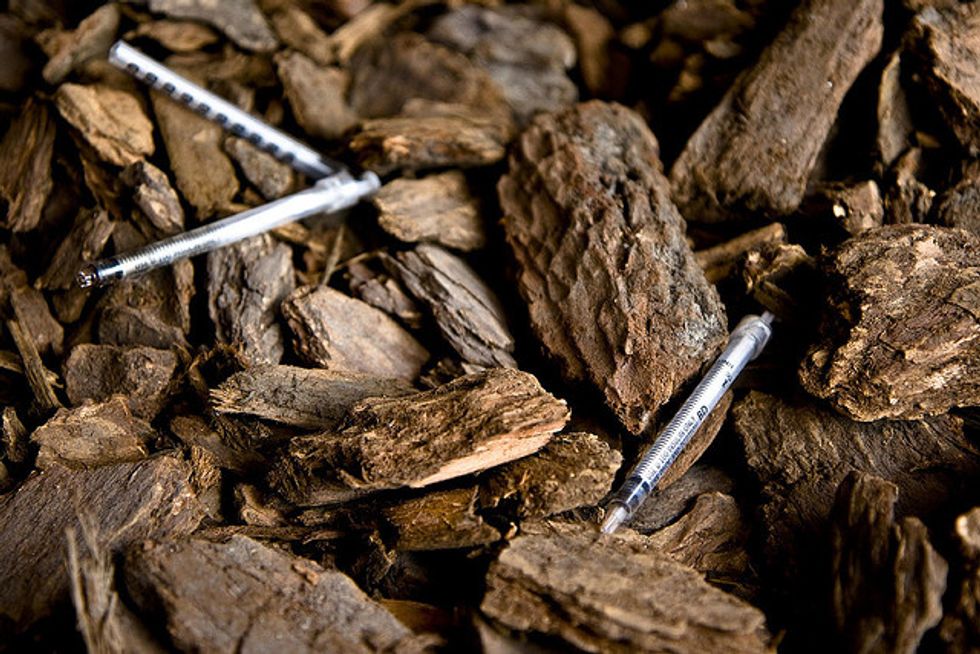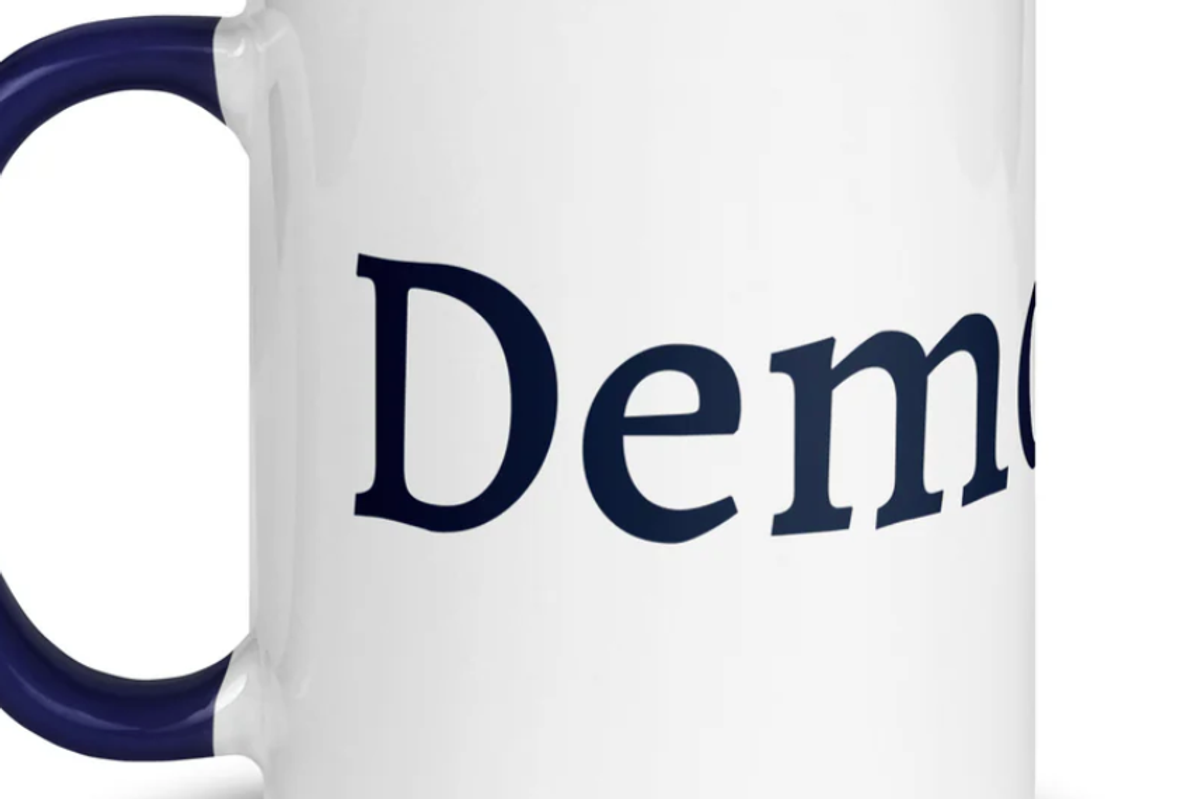
Reprinted with permission from Creators.
In the next 24 hours, we can expect that some 200 Americans will die of drug overdoses. The relentless toll is the equivalent of the 9/11 attacks occurring every 15 days. Drug laws and enforcement have proved spectacularly ineffectual at saving lives.
So the Trump administration has a novel idea: Do more of what hasn’t worked. It’s reminiscent of the old line: “The floggings will continue until morale improves.”
Illicit opioid users often die of overdoses because, in an unregulated black market, they can’t be sure of what they are purchasing. As a result, they sometimes unwittingly inject more than their bodies can tolerate. They also die because they use drugs in places where there is no one to help if they stop breathing.
Public health experts have devised a way to address these problems. “Supervised consumption sites” are spaces where people can obtain sterile syringes and inject drugs in the presence of medical personnel who can save them if they overdose. They can also get referrals for treatment.
Several cities, including Philadelphia, New York and San Francisco, have moved toward opening such facilities. But the Justice Department is threatening to marshal its powers against them.
Deputy Attorney General Rod Rosenstein took to the opinion page of The New York Times to denounce the approach. He told a radio interviewer that if the city of Philadelphia proceeds with plans for such a facility, the federal government will act to stop it. “Americans struggling with addiction,” he wrote, “do not need a taxpayer-sponsored haven to shoot up.”
His argument is worth considering because it reflects both administration policy and the prevailing outlook among defenders of the status quo. But it’s a model of confusion and deceit, exhibiting a disregard of pertinent evidence.
He says these sites “actually create serious public safety risks” because “users often have no idea what they are actually buying from criminal drug dealers.” That’s not an argument against such facilities; it’s an argument for them.
If you don’t know what you’re putting into your arm, the chance of an overdose is especially high. These facilities can test drugs for fentanyl, a synthetic opioid that is far more powerful than heroin. Having a nurse on hand to monitor your condition can be the difference between dying from the bad drugs and surviving.
To Rosenstein, this option amounts to “facilitating illicit drug use” and signaling that “the government thinks illegal drugs can be used safely.” His alternative is to keep illegal drug use as dangerous as possible, in the earnest hope of deterring people from getting high.
But punitive policies have been tried, with disastrous consequences. The number of drug offenders behind bars is 12 times higher today than in 1980, but illegal drug use has risen steadily over the past two decades. The number of fatalities from drug overdoses has doubled since 2008 and quadrupled since 2000.
Rosenstein claims that under this president, “prosecutions of drug traffickers are on the rise, and the surge in drug overdose deaths is slowing.” What he omits is that the number of overdose deaths rose by about 8,000 last year.
He faults supervised sites because most patrons don’t get treatment. But a study in the American Journal of Public Health found that clients in Sydney, Australia, and Vancouver, British Columbia, were far more likely to enter treatment than drug users who stayed away.
Rosenstein claims that these operations bring “violence and despair, posing a danger to neighbors.” Wrong again. The same study detected “no negative effects on the surrounding community.”
You can’t get people into treatment or off drugs unless you can keep them alive. That’s the main function of these facilities. Epidemiologist Alex Kral of RTI International, a North Carolina research institute, told The Washington Post that over 30 years in Europe and 15 years in Canada, none has had a single overdose death.
By furnishing clean needles and encouraging safe practices, the centers have also curbed the transmission of HIV, hepatitis and other diseases. If Rosenstein is truly concerned about the burden on taxpayers, he should consider the costs of drug-related illnesses and overdoses. A study in the Canadian Medical Association Journal found that the Vancouver facility has yielded a net savings of $20 million over a decade.
That’s the evidence of how effectively supervised consumption sites work. And if you want evidence of the failure of existing policies to prevent overdose deaths, it just keeps coming — 200 times a day.
Steve Chapman blogs at http://www.chicagotribune.com/news/opinion/chapman. Follow him on Twitter @SteveChapman13 or at https://www.facebook.com/stevechapman13. To find out more about Steve Chapman and read features by other Creators Syndicate writers and cartoonists, visit the Creators Syndicate website at www.creators.com.








